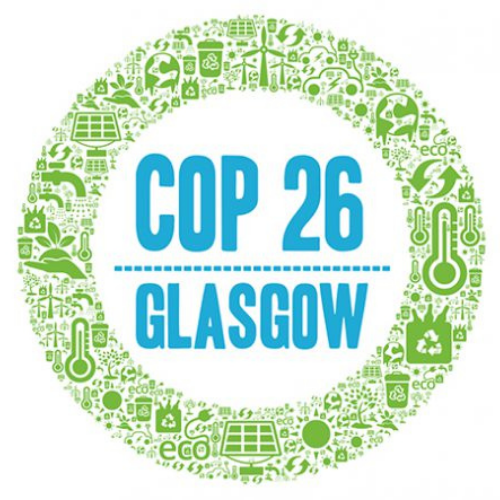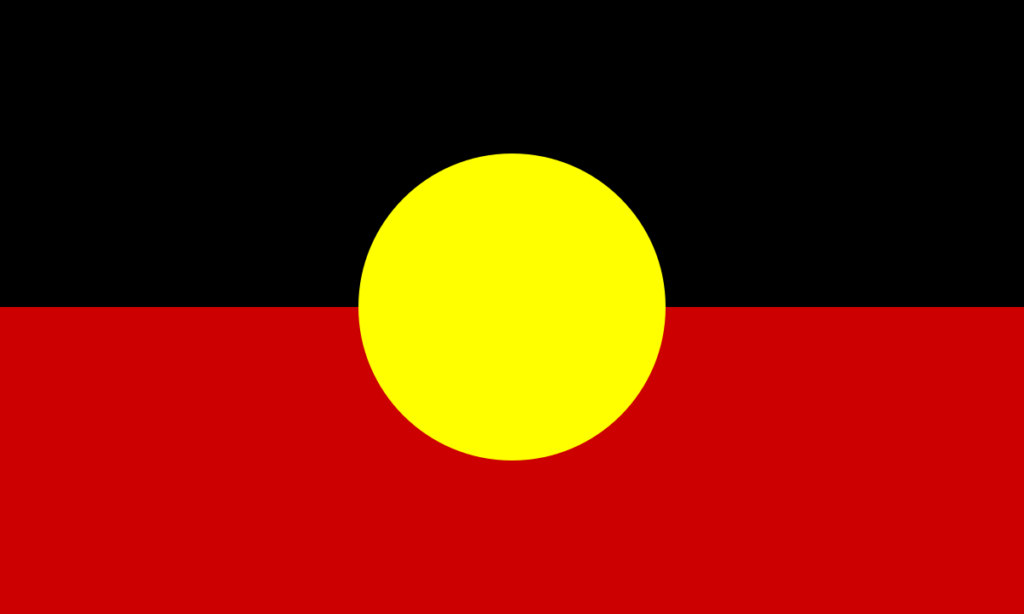GLOBAL GHG REDUCTION AGREEMENTS
What is the history of climate change agreements?
It is important to look back at the progress of policies and agreements for climate change that have been drawn up in the past. These agreements are usually the outcomes of sustainability and climate summits run by the United Nations. One of the earliest summits was the Rio summit in 1992, where sustainability issues were first officially discussed and defined. Other summits include the yearly Convention of Parties (or COP) climate summits, where countries review, adjust and sign agreements for levels of their carbon emissions allowed each year, based on goals guided by science, set by the International Panel for Climate Change (IPCC) reports. The most recent of these reports was what has become known as the 1.5 degree report, which refers to the goal of limiting global average temperature warming to 1.5 degrees Celsius below pre-industrial levels.
Read More
Some of the most prominent and memorable climate agreements have included:
- 1997 – Kyoto, Japan
- 2015 – Paris, France
The most recent climate summits that have been held, and where discussions of parts of the Paris agreement took place were:
- 2017 – Bonn, Germany
- 2019 – Madrid, Spain
The COP 2020 summit was planned for November 2020, but due to the covid-19 pandemic, it has been postponed to November 2021, to be held in Glasgow, UK.
Many stakeholders feel that the 2019 COP outcomes were disappointing and weak – they did not manage to resolve several issues on some sections of the agreements. It seems that there is a big gap between the science and what people are willing to do, as well as between countries that are holding onto the past and those looking to the future.
What are the goals or requirements of the Paris agreement?
The Paris agreement is the first of the COP agreements that is legally binding. The goal is for countries to reduce emissions to avoid climate change of 2 degrees higher than pre-industrial levels, with goals to reduce emissions for 1.5 degrees. The idea is to reach our peak in emissions as quickly as possible now, with the aim of serious and strict reductions thereafter.
Each country has a limit that has been set (nationally determined contribution). Signatories agreed to do a few things:
- To report with transparency to other countries and to the public on their emissions
- To come together every 5 years to assess their progress
- Wealthier nations will support developing countries for building their resilience to climate change, and for working on reducing their emissions
Which countries have not signed these climate agreements?
Out of a total of 197 countries around the world, 190 have signed the agreement. The most recent signatories of the agreement (in 2020) are Angola, Kyrgyzstan and Lebanon.
Some of the largest contributors to global carbon dioxide emissions have not yet signed the agreement. These include: Iran, Iraq and Turkey.
Other nations that have not signed the agreement (but which have far lower emissions) include: Eritrea, Yemen, South Sudan and Libya.
Controversially and most notably, the USA, with the current administration, decided to pull out of the Paris agreement in 2020.
How are carbon dioxide emissions measured?
Climate change emissions are measured in Metric tonnes of CO2 equivalent (Mt CO2 e). It is called CO2 equivalent because it is a way of standardising all other greenhouse gases into a way that they can be equally compared to the greenhouse gas heating potential of carbon dioxide.
What are some examples of implications of these agreements for high income countries?
The largest single country for carbon dioxide emissions is China. There are concerns that, despite the impacts of the Covid-19 pandemic, China is not following its commitments to decrease coal use, which under the Paris agreement, it should aim to do before 2040. In fact, the country seems to be increasing the use of coal, and is making a comeback in industry to levels almost the same as before Covid-19.
What are lower income countries required to do to meet the Paris agreement deals?
The abilities of low-income countries to reduce their emissions are highly varied. There are two reasons for this. The first is that their ability to adopt renewable / green energy depends on the resources that the country has been endowed with (such as sites for renewable energy like hydroelectric power). The second is that although they may have these resources, they do not have the knowledge or skills or technology or money to harness these resources. Countries such as Kenya are required to reduce their carbon emissions by 30% (based on the business as usual 143 Mt CO2 e per year).
Conclusion
We cannot continue moving the goalposts. These climate agreements have been drawn up, guided strictly by science. The requirements are real, imposing and harsh, but it would not pay off to sugar-coat them – the implications and impacts of climate change are being felt more frequently. In order to meet the targets, countries and individuals need to stay on course.
Read Less


Global GHG Reduction Agreements


What is the history of climate change agreements?
It is important to look back at the progress of policies and agreements for climate change that have been drawn up in the past. These agreements are usually the outcomes of sustainability and climate summits run by the United Nations. One of the earliest summits was the Rio summit in 1992, where sustainability issues were first officially discussed and defined. Other summits include the yearly Convention of Parties (or COP) climate summits, where countries review, adjust and sign agreements for levels of their carbon emissions allowed each year, based on goals guided by science, set by the International Panel for Climate Change (IPCC) reports. The most recent of these reports was what has become known as the 1.5 degree report, which refers to the goal of limiting global average temperature warming to 1.5 degrees Celsius below pre-industrial levels.
Read More
Some of the most prominent and memorable climate agreements have included:
- 1997 – Kyoto, Japan
- 2015 – Paris, France
The most recent climate summits that have been held, and where discussions of parts of the Paris agreement took place were:
- 2017 – Bonn, Germany
- 2019 – Madrid, Spain
The COP 2020 summit was planned for November 2020, but due to the covid-19 pandemic, it has been postponed to November 2021, to be held in Glasgow, UK.
Many stakeholders feel that the 2019 COP outcomes were disappointing and weak – they did not manage to resolve several issues on some sections of the agreements. It seems that there is a big gap between the science and what people are willing to do, as well as between countries that are holding onto the past and those looking to the future.
What are the goals or requirements of the Paris agreement?
The Paris agreement is the first of the COP agreements that is legally binding. The goal is for countries to reduce emissions to avoid climate change of 2 degrees higher than pre-industrial levels, with goals to reduce emissions for 1.5 degrees. The idea is to reach our peak in emissions as quickly as possible now, with the aim of serious and strict reductions thereafter.
Each country has a limit that has been set (nationally determined contribution). Signatories agreed to do a few things:
- To report with transparency to other countries and to the public on their emissions
- To come together every 5 years to assess their progress
- Wealthier nations will support developing countries for building their resilience to climate change, and for working on reducing their emissions
Which countries have not signed these climate agreements?
Out of a total of 197 countries around the world, 190 have signed the agreement. The most recent signatories of the agreement (in 2020) are Angola, Kyrgyzstan and Lebanon.
Some of the largest contributors to global carbon dioxide emissions have not yet signed the agreement. These include: Iran, Iraq and Turkey.
Other nations that have not signed the agreement (but which have far lower emissions) include: Eritrea, Yemen, South Sudan and Libya.
Controversially and most notably, the USA, with the current administration, decided to pull out of the Paris agreement in 2020.
How are carbon dioxide emissions measured?
Climate change emissions are measured in Metric tonnes of CO2 equivalent (Mt CO2 e). It is called CO2 equivalent because it is a way of standardising all other greenhouse gases into a way that they can be equally compared to the greenhouse gas heating potential of carbon dioxide.
What are some examples of implications of these agreements for high income countries?
The largest single country for carbon dioxide emissions is China. There are concerns that, despite the impacts of the Covid-19 pandemic, China is not following its commitments to decrease coal use, which under the Paris agreement, it should aim to do before 2040. In fact, the country seems to be increasing the use of coal, and is making a comeback in industry to levels almost the same as before Covid-19.
What are lower income countries required to do to meet the Paris agreement deals?
The abilities of low-income countries to reduce their emissions are highly varied. There are two reasons for this. The first is that their ability to adopt renewable / green energy depends on the resources that the country has been endowed with (such as sites for renewable energy like hydroelectric power). The second is that although they may have these resources, they do not have the knowledge or skills or technology or money to harness these resources. Countries such as Kenya are required to reduce their carbon emissions by 30% (based on the business as usual 143 Mt CO2 e per year).
Conclusion
We cannot continue moving the goalposts. These climate agreements have been drawn up, guided strictly by science. The requirements are real, imposing and harsh, but it would not pay off to sugar-coat them – the implications and impacts of climate change are being felt more frequently. In order to meet the targets, countries and individuals need to stay on course.
Read Less
Global GHG Reduction Agreements
What is the history of climate change agreements?
It is important to look back at the progress of policies and agreements for climate change that have been drawn up in the past. These agreements are usually the outcomes of sustainability and climate summits run by the United Nations. One of the earliest summits was the Rio summit in 1992, where sustainability issues were first officially discussed and defined. Other summits include the yearly Convention of Parties (or COP) climate summits, where countries review, adjust and sign agreements for levels of their carbon emissions allowed each year, based on goals guided by science, set by the International Panel for Climate Change (IPCC) reports. The most recent of these reports was what has become known as the 1.5 degree report, which refers to the goal of limiting global average temperature warming to 1.5 degrees Celsius below pre-industrial levels.
Read More
Some of the most prominent and memorable climate agreements have included:
- 1997 – Kyoto, Japan
- 2015 – Paris, France
The most recent climate summits that have been held, and where discussions of parts of the Paris agreement took place were:
- 2017 – Bonn, Germany
- 2019 – Madrid, Spain
The COP 2020 summit was planned for November 2020, but due to the covid-19 pandemic, it has been postponed to November 2021, to be held in Glasgow, UK.
Many stakeholders feel that the 2019 COP outcomes were disappointing and weak – they did not manage to resolve several issues on some sections of the agreements. It seems that there is a big gap between the science and what people are willing to do, as well as between countries that are holding onto the past and those looking to the future.
What are the goals or requirements of the Paris agreement?
The Paris agreement is the first of the COP agreements that is legally binding. The goal is for countries to reduce emissions to avoid climate change of 2 degrees higher than pre-industrial levels, with goals to reduce emissions for 1.5 degrees. The idea is to reach our peak in emissions as quickly as possible now, with the aim of serious and strict reductions thereafter.
Each country has a limit that has been set (nationally determined contribution). Signatories agreed to do a few things:
- To report with transparency to other countries and to the public on their emissions
- To come together every 5 years to assess their progress
- Wealthier nations will support developing countries for building their resilience to climate change, and for working on reducing their emissions
Which countries have not signed these climate agreements?
Out of a total of 197 countries around the world, 190 have signed the agreement. The most recent signatories of the agreement (in 2020) are Angola, Kyrgyzstan and Lebanon.
Some of the largest contributors to global carbon dioxide emissions have not yet signed the agreement. These include: Iran, Iraq and Turkey.
Other nations that have not signed the agreement (but which have far lower emissions) include: Eritrea, Yemen, South Sudan and Libya.
Controversially and most notably, the USA, with the current administration, decided to pull out of the Paris agreement in 2020.
How are carbon dioxide emissions measured?
Climate change emissions are measured in Metric tonnes of CO2 equivalent (Mt CO2 e). It is called CO2 equivalent because it is a way of standardising all other greenhouse gases into a way that they can be equally compared to the greenhouse gas heating potential of carbon dioxide.
What are some examples of implications of these agreements for high income countries?
The largest single country for carbon dioxide emissions is China. There are concerns that, despite the impacts of the Covid-19 pandemic, China is not following its commitments to decrease coal use, which under the Paris agreement, it should aim to do before 2040. In fact, the country seems to be increasing the use of coal, and is making a comeback in industry to levels almost the same as before Covid-19.
What are lower income countries required to do to meet the Paris agreement deals?
The abilities of low-income countries to reduce their emissions are highly varied. There are two reasons for this. The first is that their ability to adopt renewable / green energy depends on the resources that the country has been endowed with (such as sites for renewable energy like hydroelectric power). The second is that although they may have these resources, they do not have the knowledge or skills or technology or money to harness these resources. Countries such as Kenya are required to reduce their carbon emissions by 30% (based on the business as usual 143 Mt CO2 e per year).
Conclusion
We cannot continue moving the goalposts. These climate agreements have been drawn up, guided strictly by science. The requirements are real, imposing and harsh, but it would not pay off to sugar-coat them – the implications and impacts of climate change are being felt more frequently. In order to meet the targets, countries and individuals need to stay on course.
Read Less



Carbon Offset Advisory acknowledges the traditional owners and custodians of country throughout Australia and acknowledges their continuing connection to land, water and community.
We pay our respects to the people, the cultures and the elders past, present and emerging.

